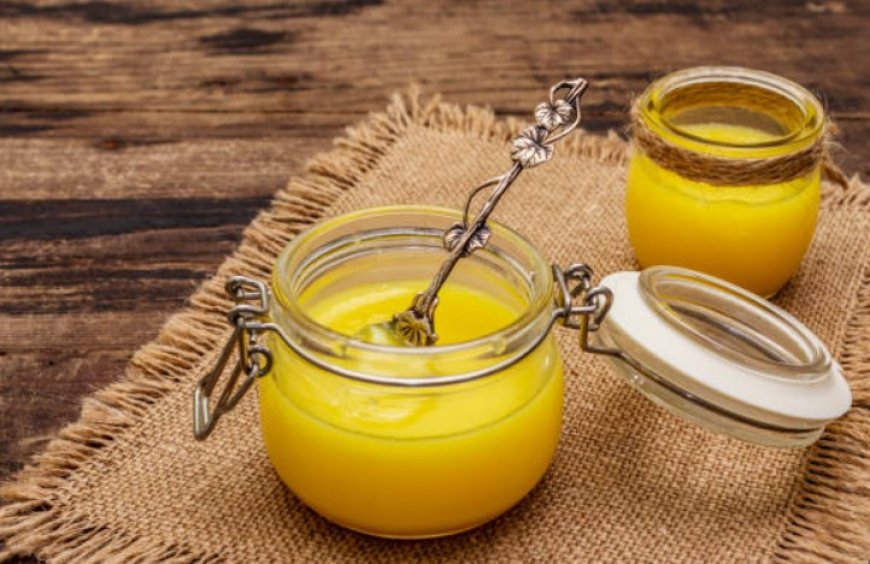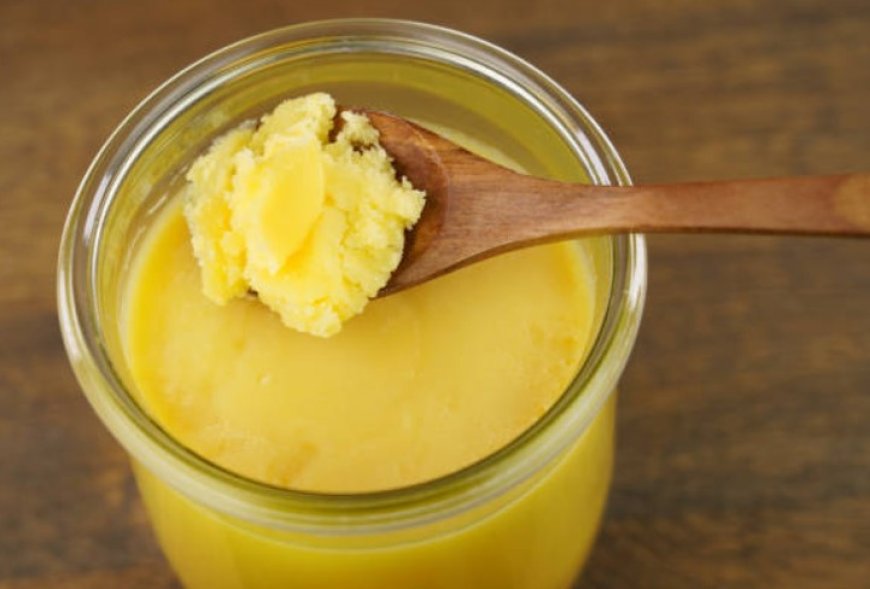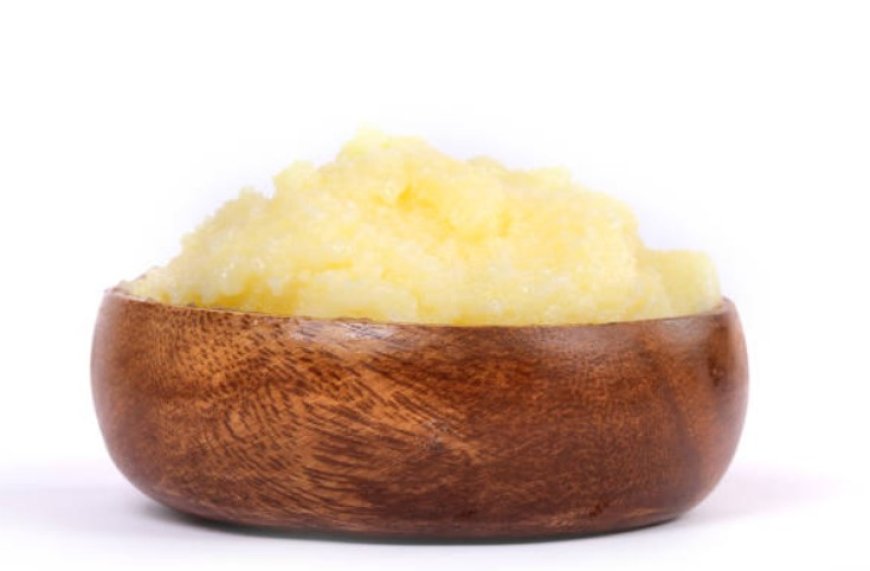Butter vs. Ghee: What's the difference and which one is right for you?
Learn about the key differences between butter and ghee, including their nutritional content, flavor profile, and cooking properties.
Cow's milk is used to make the dairy products butter and ghee. There are, however, some significant differences between the two.
Cream is stirred until the fat separates from the liquid and solidifies to make butter. When making ghee, butter is melted and cooked at low heat until the milk solids and water are gone, leaving a clarified liquid fat behind.
Ghee may therefore be cooked at higher heats without burning because it has a higher smoke point than butter as a result of this procedure. Ghee does not require refrigeration and has a longer shelf life than butter.
Ghee has a more nutty, caramelized flavor than butter, which is richer and creamier in taste. Ghee is a suitable choice for those who have lactose intolerance or a milk allergy because it is also lactose- and casein-free.
Butter and ghee are both dairy products made from cow's milk, but they have some key differences.
Butter is made by churning cream until the fat separates from the liquid and forms a semisolid substance. It contains milk solids, lactose, casein, and water. Butter has a rich, creamy flavor and a smoke point of around 300°F (150°C).
Ghee is made by melting butter and cooking it over low heat until the water and milk solids evaporate, leaving behind a clarified liquid fat. It is lactose-free, casein-free, and has a higher smoke point than butter, at around 485°F (250°C). Ghee has a nutty, caramelized flavor.
Your particular dietary requirements and tastes will determine which is better for you. Vitamins A and D are abundant in butter, while vitamins A, D, E, and K are abundant in ghee. Butter and ghee both contain a lot of saturated fat, therefore it's vital to use them sparingly.
Ghee is a fantastic choice if you're seeking for a dairy product that is lactose-free, casein-free, and has a high smoke point. Butter is a wonderful choice if you're seeking for a dairy product with a thick, creamy flavor.
The best approach to choose which is ideal for you is to try both and discover which you like better in the end.












































































































































































































